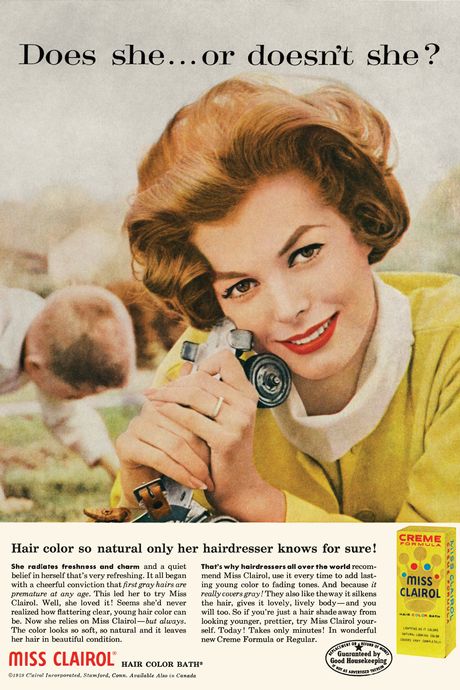
In fact, it was only toward the end of his life that he was finally acknowledged as such. In the case of Avedon, specifically, I had always felt that he was a far more significant artist than he was generally considered. Wallis: After all that, what do you think is the value in tracing someone’s life? What did you learn, and what do you want to communicate to readers? And then, there were moments when he was utterly redeemed. There were moments when he disappointed me. There were moments when I was completely annoyed by him. Philip Gefter: I went through stages, as with any relationship. Does writing a biography make you end up loving or hating your subject? Let’s talk about the project of biography in general. 1946–48īrian Wallis: You have just published a massive biography of Richard Avedon, a project that has absorbed you for over five years. Paul Himmel, Dick Avedon, Cherry Grove, ca. In the new book What Becomes a Legend Most: A Biography of Richard Avedon, noted photography critic Philip Gefter explores the intricate backstory of Avedon’s private life and the evolution of his career to make a case for him as one of the most important artists of the twentieth century. And it was those experimental portraits, more than his groundbreaking fashion work, that ultimately won Avedon the plaudits which he so craved from art galleries and museums. He transformed notions of style, celebrity, women’s fashion, and photography itself.īut around 1969, after nearly two decades of literally dominating the covers and glossy pages of leading fashion magazines, Avedon turned abruptly and increasingly to innovative forms of photographic portraiture-often large, minimalist, and unsparing in detail. Following a meteoric rise as a young fashion photographer at Harper’s Bazaar in the late 1940s, and later at Vogue and other magazines, the intensely driven Avedon glided through mid-century New York high society with the glamorous authority and savoir faire of a movie star. Among photographers, few were more conspicuously famous or notoriously private than Richard Avedon (1923–2004).

The masks that ensure their legends often obscure their tortured private lives.

Often, the individuals who are best known and most public are, in fact, the least knowable and most inscrutable.


 0 kommentar(er)
0 kommentar(er)
